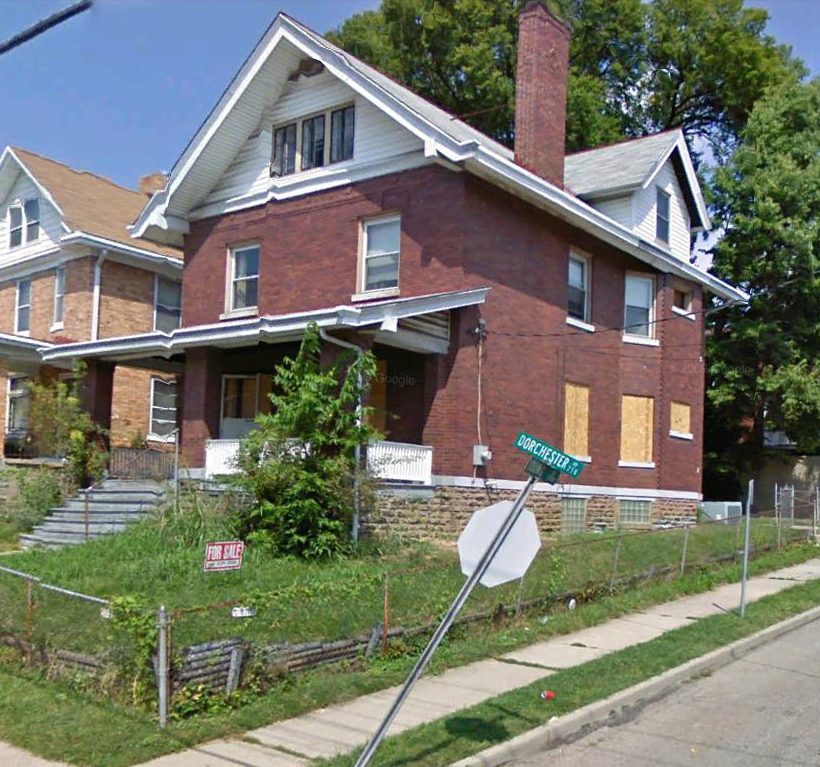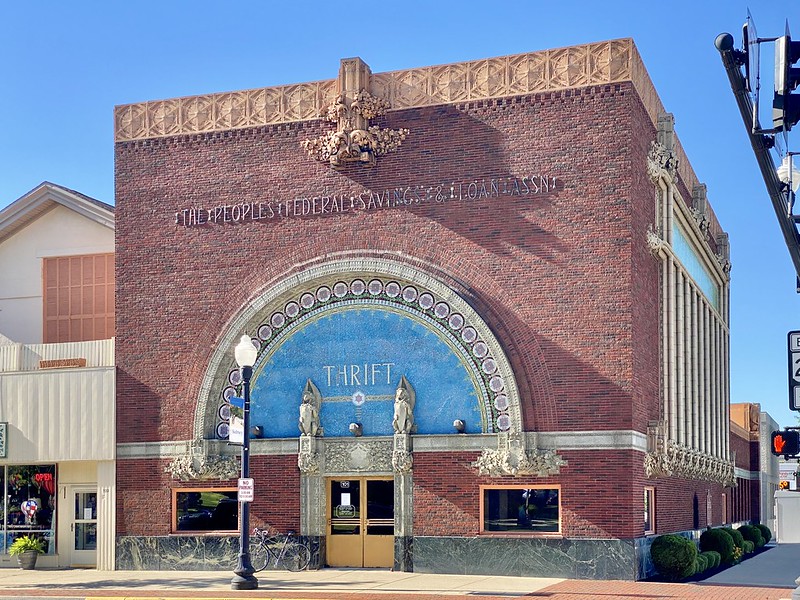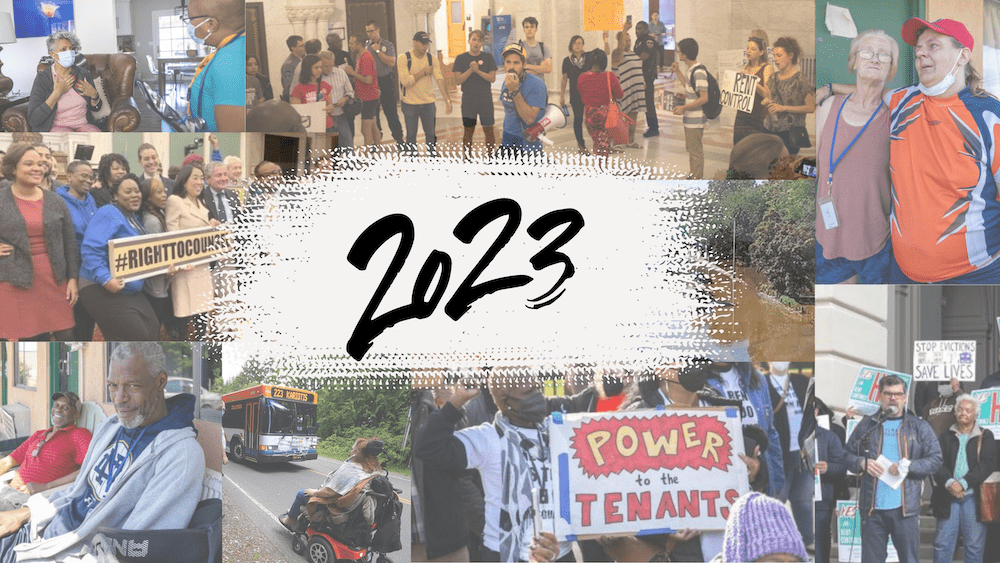Of all the things government can and should do about housing, creating a strong, responsive mortgage market may be more important for the future of American families, neighborhoods and cities than anything else. Over the past decade we’ve seen how a mortgage market spiraling out of control can undermine neighborhoods, towns and cities and lead millions of homeowners to lose their homes; more recently, how a poorly functioning market can choke off the recovery of those same towns and cities, and freeze out millions of prospective homeowners.
What is a sound, responsible mortgage market? It’s not complicated. I’d define it as a financially-sound market where all qualified home buyers can get a mortgage they can reasonably carry over the long term, without unreasonable hassle or excessive down payment or other requirements. The question is how we get there, or, one might say, get back there.
Politically, it’s a tough issue. The right simply wants government out of the mortgage business, under the delusion that the private market will step up and do things that no private market has ever done without public backstopping. Some on the left appear more concerned about maximizing access than about either the health of the system, or the long-term effects on homeowners or neighborhoods. The Obama administration, meanwhile, in the phrase that has come to define Washington, has been kicking this can down the road.
How might a reasonable mortgage market work?
First, government must be a major part of the system. Without a government backstop, lenders will not take on the triple uncertainties of long-term interest rate, collateral, and buyer risk. Not everyone would be equally affected. The more affluent the home buyer, and the more gold-plated the location, the more likely that they could get a mortgage under a private system, if only because higher incomes and property values provide a nice risk cushion. Lower income buyers, and uncertain urban neighborhoods, would be frozen out. Farewell low-downpayment, fixed-rate, 30-year mortgages.
That is one reason why the United States needs a strong FHA. If it weren’t for FHA, we’d have for all practical purposes no mortgage market in much of the country today. In 2011, FHA made 43 percent of all the purchase mortgages in the United States, up from 6 percent in 2005. Furthermore, 55 percent of FHA mortgages went to families earning less than regional median income, compared to 33 percent of conventional mortgages.
The basic loan product the FHA offers is a pretty good one. A fixed rate mortgage with a 3.5 percent downpayment for borrowers with credit scores down to 580—roughly 70 percent of all American households—is not bad. And as long as mortgage interest rates and house prices (in most areas) remain relatively low, FHA fees are not too much of an impediment for most would-be buyers.
That doesn’t mean it always works well. Many lenders will not lend – even with FHA insurance – to borrowers with credit scores in the lower end of the range. FHA has an obligation to ensure that anyone who meets their requirements can find a lender, and to see that its fee structure, if prices and interest rates start to rise, does not unduly affect lower income borrowers. It needs to remain part of the nation’s long-term mortgage system.
Second, a sound mortgage market needs a strong secondary mortgage market. Ideally, it should be a private market. The question is whether such a market will support the sort of ‘plain vanilla’ mortgage lending appropriate for most home buyers, as well as provide access to financing on reasonable terms for multifamily housing development and refinancing, something even harder to get today than homebuyer mortgages. The risk is that, left to their own devices, a private secondary market will either maximize near-term profits by gravitating to more high-yield, speculative products or minimize risk by setting an overly high bar in terms of minimum down payments and credit scores.
As I see it, to ensure that the secondary market will serve its purpose, the government has two basic options. One is to provide tax or other incentives for private entities to create a market in ‘plain vanilla’ mortgages and multifamily financing. The other is to create a limited government-backed entity with a mission strictly defined in terms of those products. While I can easily imagine the cries of “here we go again” and “not another Fannie Mae”, creating such an entity is likely to be both more effective – and in the long run more fiscally beneficial to the public sector as well as the consumer – than either to assume the private sector will handle things unaided, or provide them with incentives to make profits that could otherwise benefit the public.
Finally, the entire discussion has largely ignored what could be one of the most powerful vehicles to further a strong mortgage market: the network of state housing finance agencies (HFAs). State HFAs are a valuable source of mortgage capital for first time borrowers buying houses at or below 90 percent of the average area purchase price, but limits on the amount of bonds they can issue and other constraints severely limit the role they can play in the mortgage market. Many HFAs (although not all) have used their resources creatively, and proven to be more responsive to local conditions than either the federal government or a banking system increasingly dominated by global institutions. By unleashing HFA mortgage lending, we can bring a new collection of creative players into the mortgage market, to engage in what could be a productive competition with the private sector and the federal government.
The mortgage market in the United States today is broken, but it is readily fixable. The question is where we will find the political will to fix it.
(Image © Google Earth.)





You have brought up several good points. I had a very interesting conversation with the CEO of Habitat for Humanity in the San Fernando Valley/Santa Clarita region of Los Angeles. During the economic downturn not one of their homes went into foreclosure and these homeowners are considered low-income. Habitat has a wonderful support system where homeowners are educated in the realities of home ownership. They are able to afford their homes through no interest loans and several other programs enlisted to help them through the entire process. One solution may be through the not-for-profit world of philanthropists. The potential homebuyer would receive a mortgage they can afford and the rest would be made up with philanthropic funding. I think Community Banks should have a prominent role in homeownership. After all, they are located in the community and therefore know the homeowners as people instead of numbers. The way mortgages are set-up needs revising. For instance, why does a 30-year mortgage exist? Why pay interest for the first 20 years? If you’re lucky, you can pay cash (which many young people with wealthy parents are doing as are boomers who are downsizing). There’s also a “tiny house” and “out of the box homes” movement who are building and purchasing homes from $10,000 to $50,000 and placing them on land they’ve bought. I wonder if the traditional mortgage is on its way out and a new system needs to take its place.